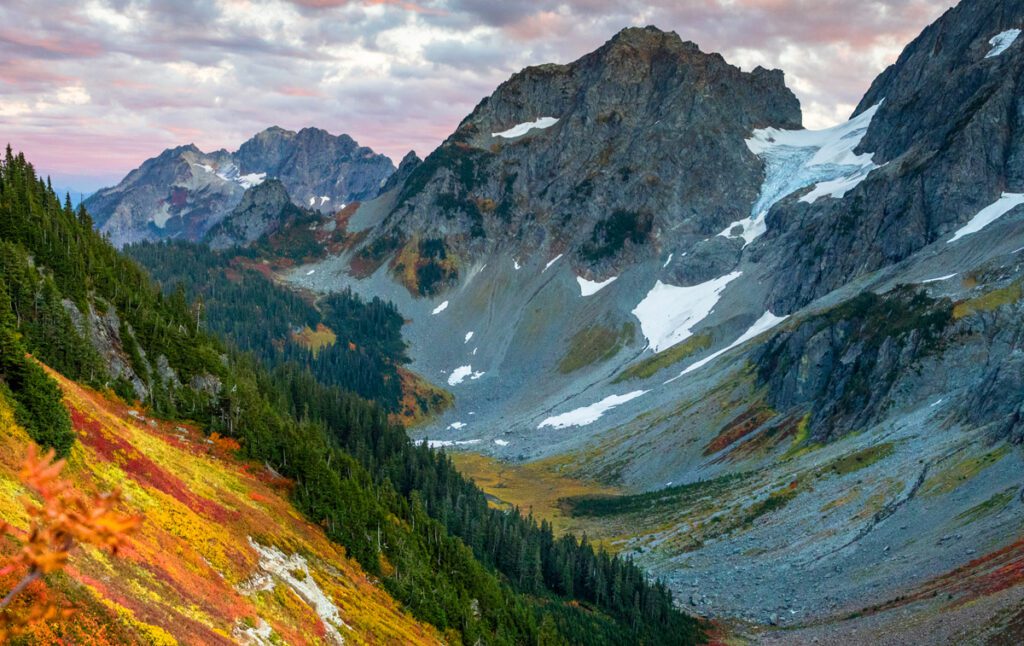The Conservation Alliance harnesses the power of businesses from a wide range of industries to protect outdoor spaces and wild places. We drive a proactive agenda to protect nature utilizing strategic advocacy and grantmaking, leveraging business influence, and building deep partnerships with grassroots organizations and local communities to collectively deliver high impact conservation outcomes, protecting North America’s outdoor places and wild spaces for everyone. Since 1989, we’ve helped protect over 124 million acres and 4,964 river miles, remove or halt 43 dams, purchase 22 climbing areas, and designate five marine reserves and one national marine sanctuary.
In 2025 and 2026, we are investing additional advocacy resources in six priority campaigns. We have chosen these campaigns utilizing a variety of lenses, including where our member base is strong, how much we have previously invested in these campaigns, and the likelihood that our business voice can successfully move the needle and help our on-the-ground partners meet their goals. Many of these priority campaigns may also have a bipartisan opportunity to retain or gain protections. In collaboration with our grantees, we work to identify land and water conservation opportunities that are urgent, vital, and need national attention.
Defending the Roadless Rule
What’s at stake?
Inventoried Roadless Areas (IRAs) include some of America’s most well-known landscapes and are largely free from roads and other development. They are the anchors of communities that rely on them and significant contributors to the $1.2 trillion outdoor recreation industry. Often embedded within popular National Forests, Roadless Areas are home to contiguous tracts of forest landscapes that help maintain old-growth forest populations which work to mitigate climate change impacts, maintain healthy, connective ecosystems for wildlife populations, and offer large landscapes for backcountry outdoor recreation experiences like climbing, backcountry skiing, hiking, hunting, angling, some motorized recreation, and more. IRAs often border Wilderness Areas and are scattered throughout the U.S., with high densities across the West and Alaska.
Roadless Areas are protected under the Roadless Rule, which was implemented in 2001. It is a highly popular policy that is often celebrated as one of America’s most successful conservation measures. Under this rule, very little road construction or timber and mineral extraction has happened in Roadless Areas for nearly 25 years. The rule is known for its general flexibility while still providing meaningful protections for the nation’s forests.
In the summer of 2025, the U.S. Department of Agriculture (UDSA) announced a review and consideration of full rescission of the Roadless Rule. USDA leadership claims that a rollback of the rule across 45 million acres (Colorado and Idaho being exempted) would remove barriers to economic development for nearby communities, and would provide states more autonomy in forest and wildfire management. A rollback of the rule would mean that road development, mining, and timber harvesting would likely proliferate and that contiguous protected forests would be broken up by development – risking harm to the nation’s water supply, wildlife corridors, and some of the nation’s most spectacular recreation assets.
What’s the solution?
The Roadless Rule and its protections are critically important for businesses reliant on outdoor access and conservation. TCA and our members will advocate as the national business voice for conservation, highlighting the economic benefits of maintaining the Roadless Rule and keeping our nation’s IRAs protected.
TCA will activate its members as well as members of the Brands for Public Lands coalition at key moments throughout the campaign to protect the Roadless Rule, including comment periods, hearings, and other advocacy opportunities.


